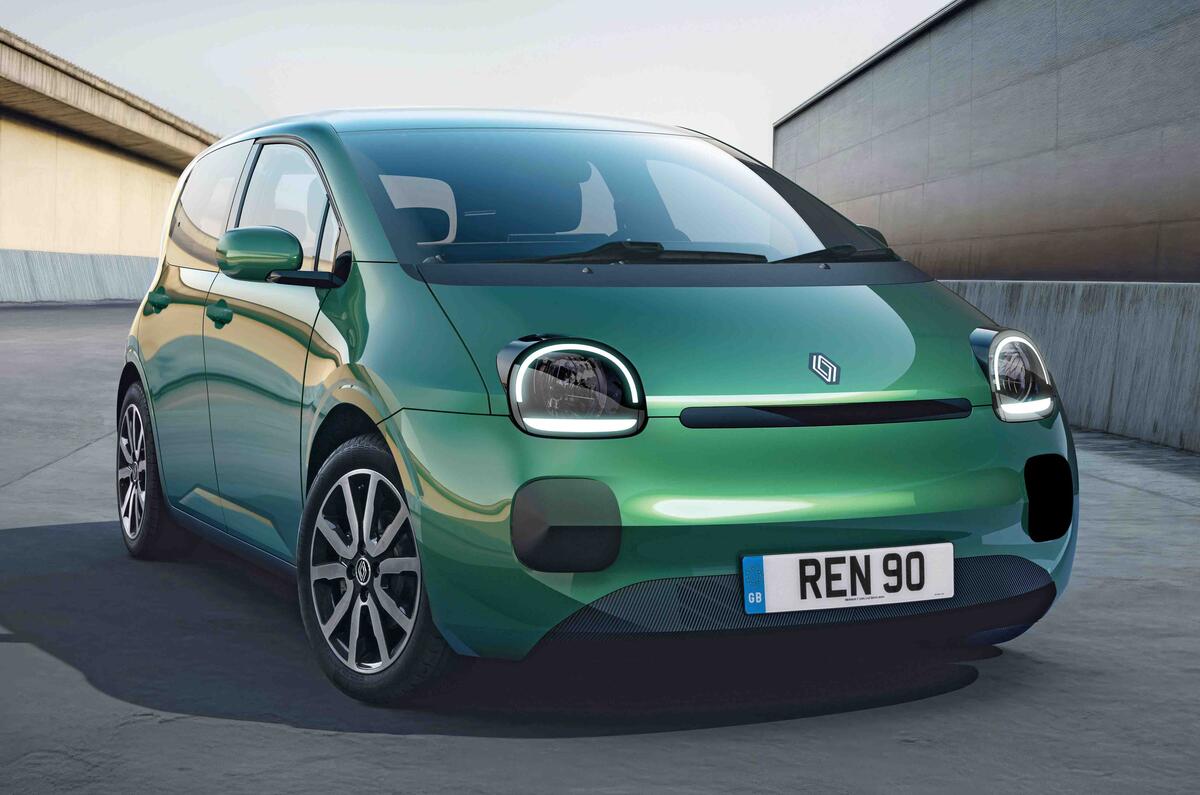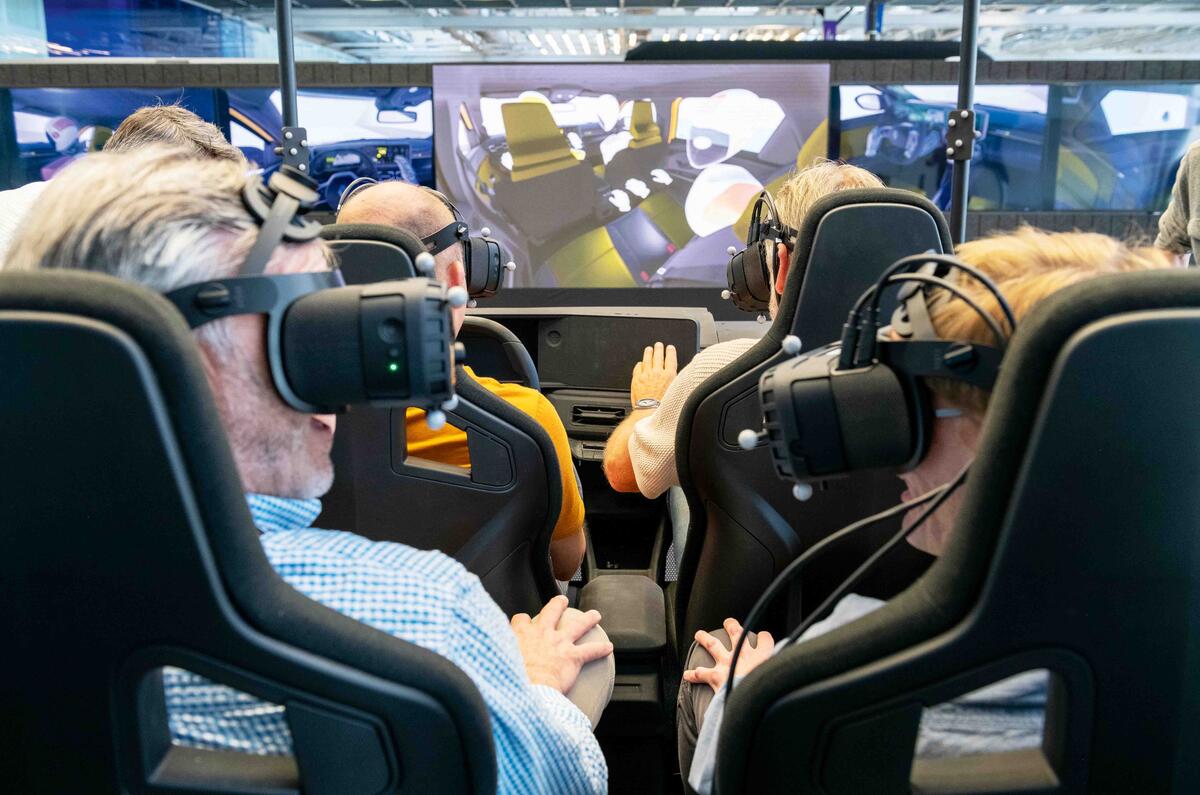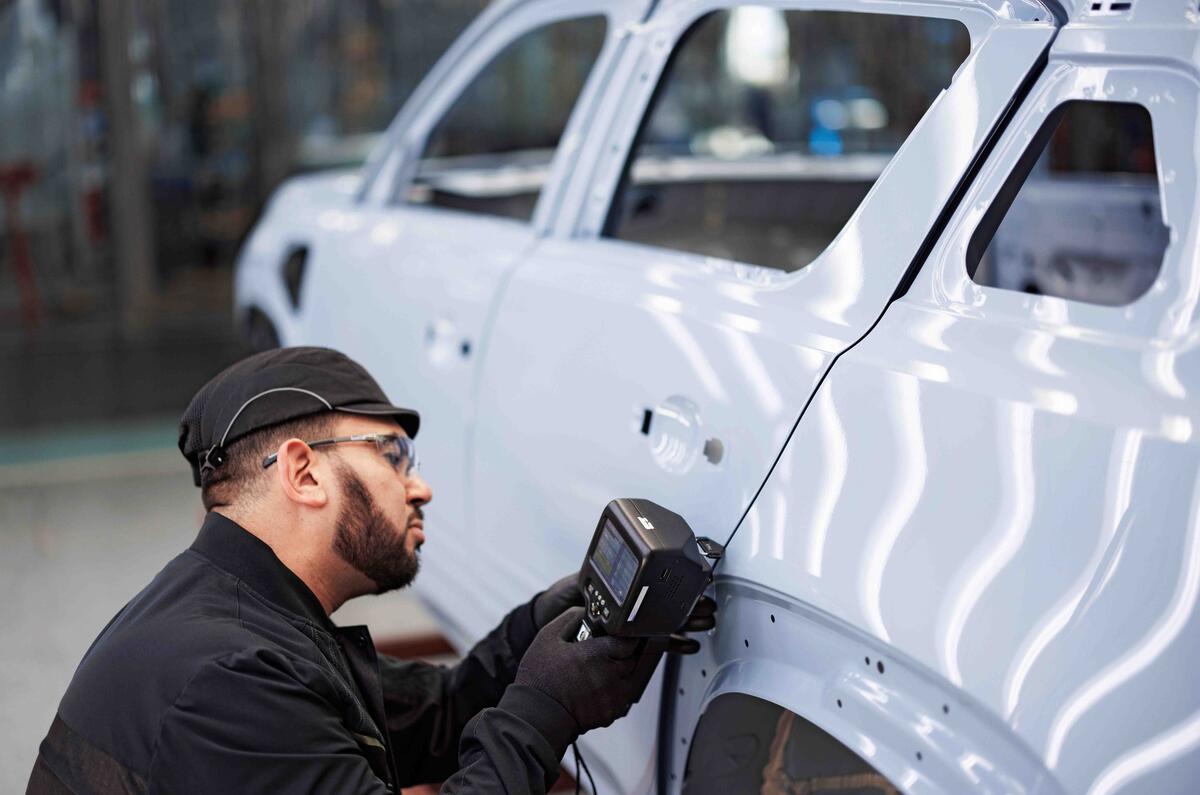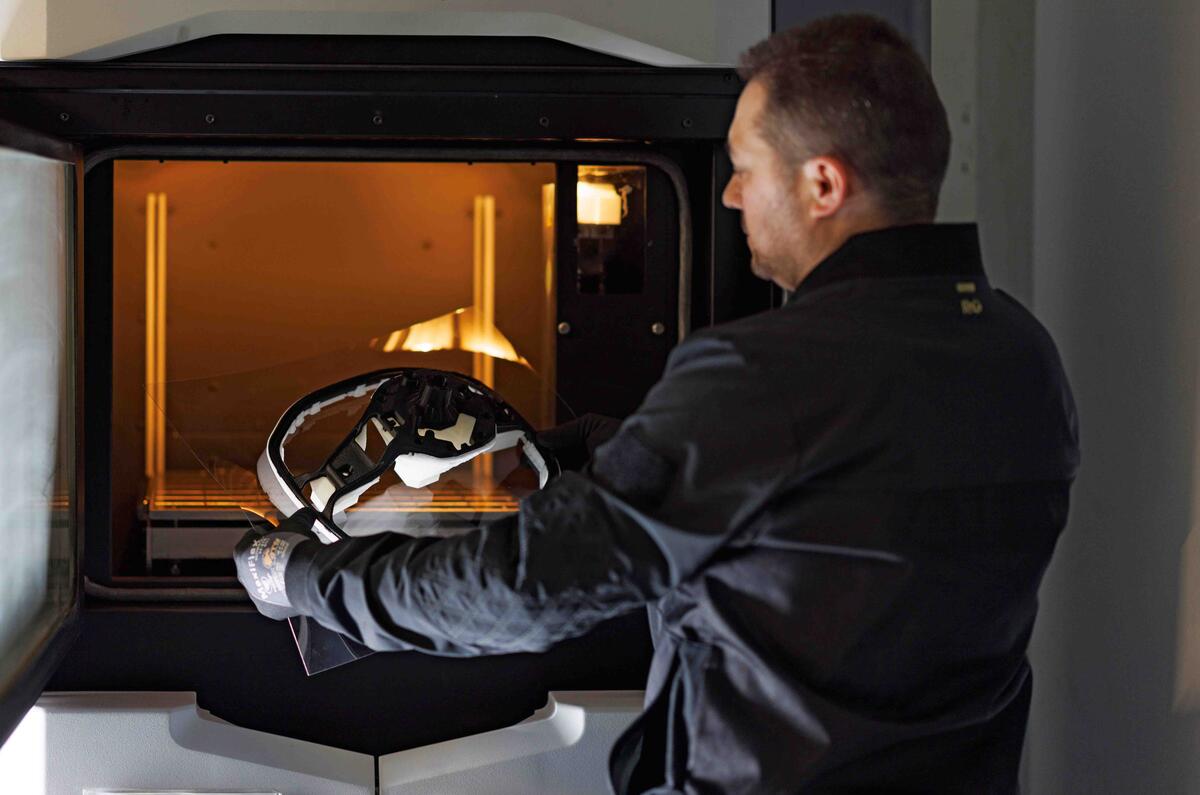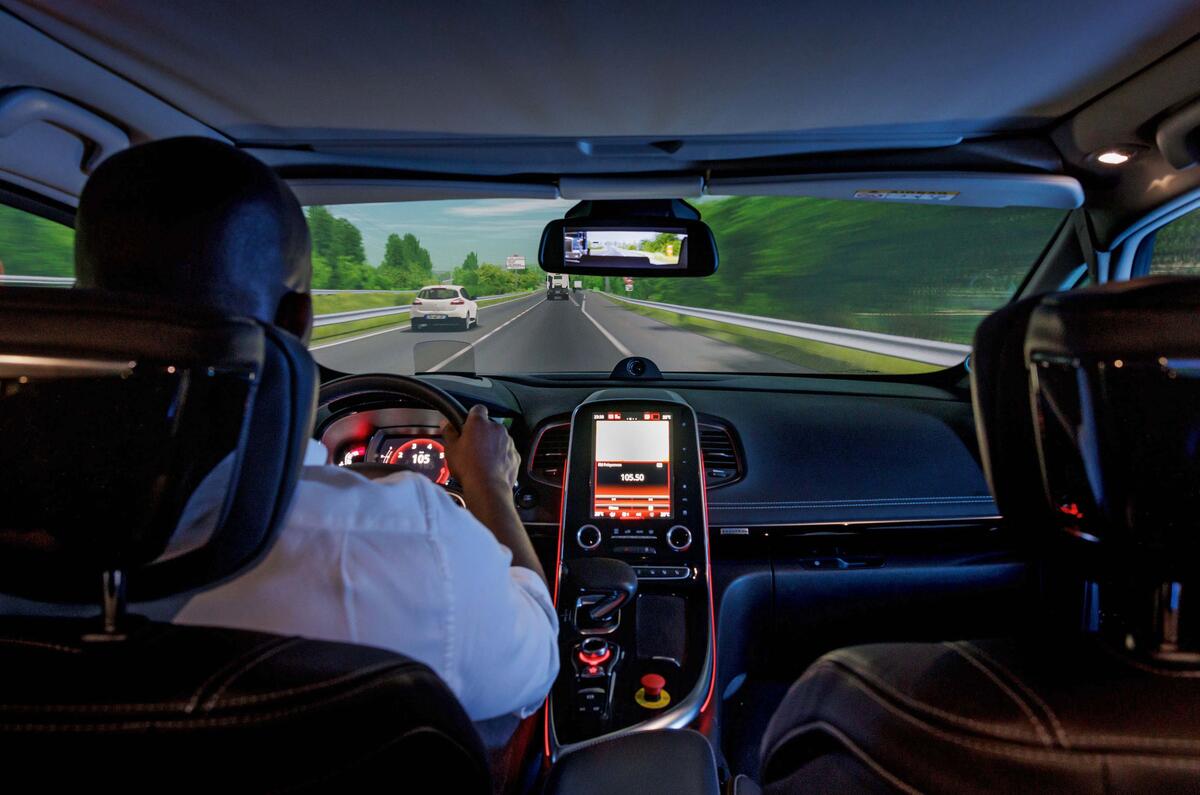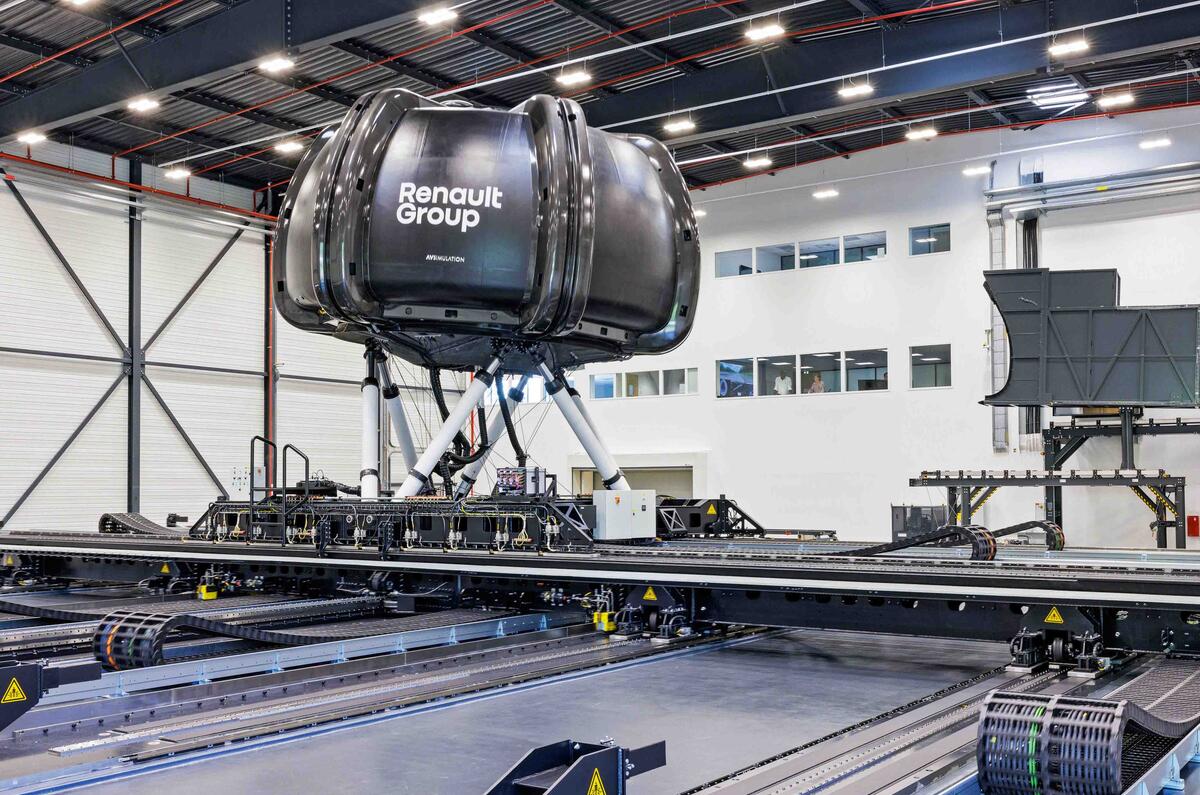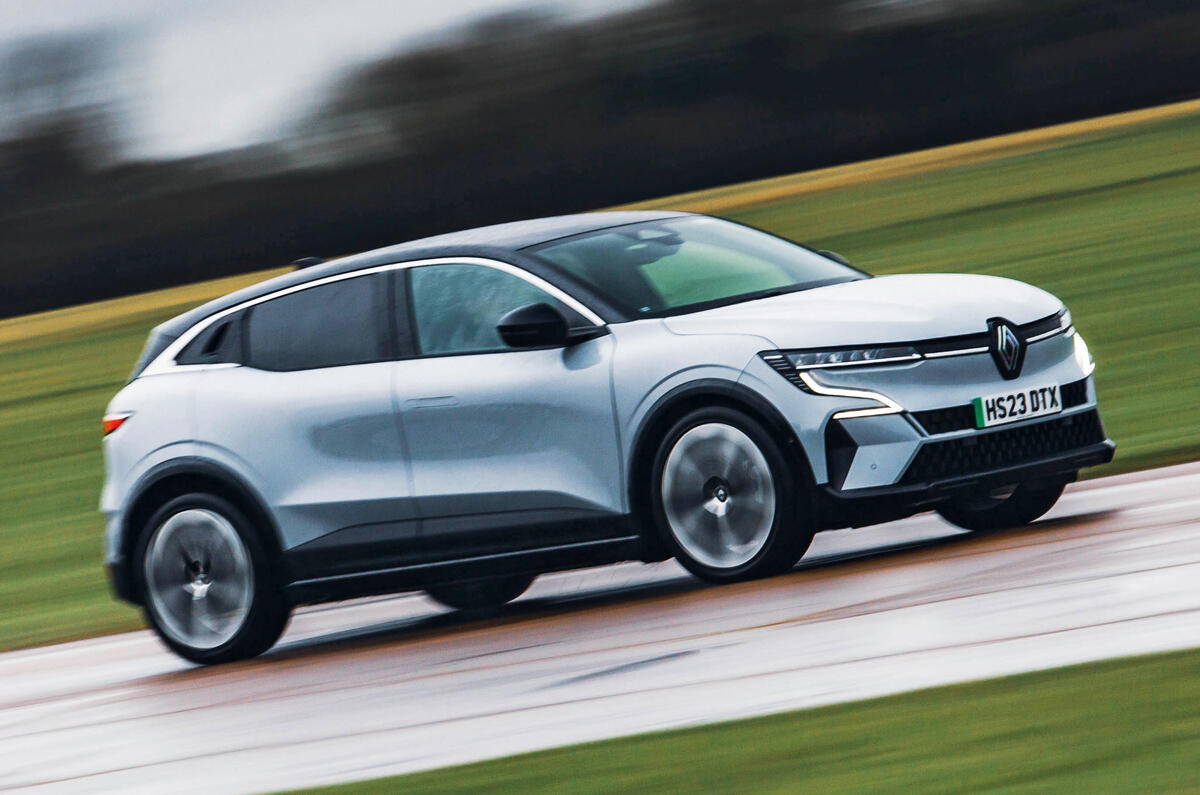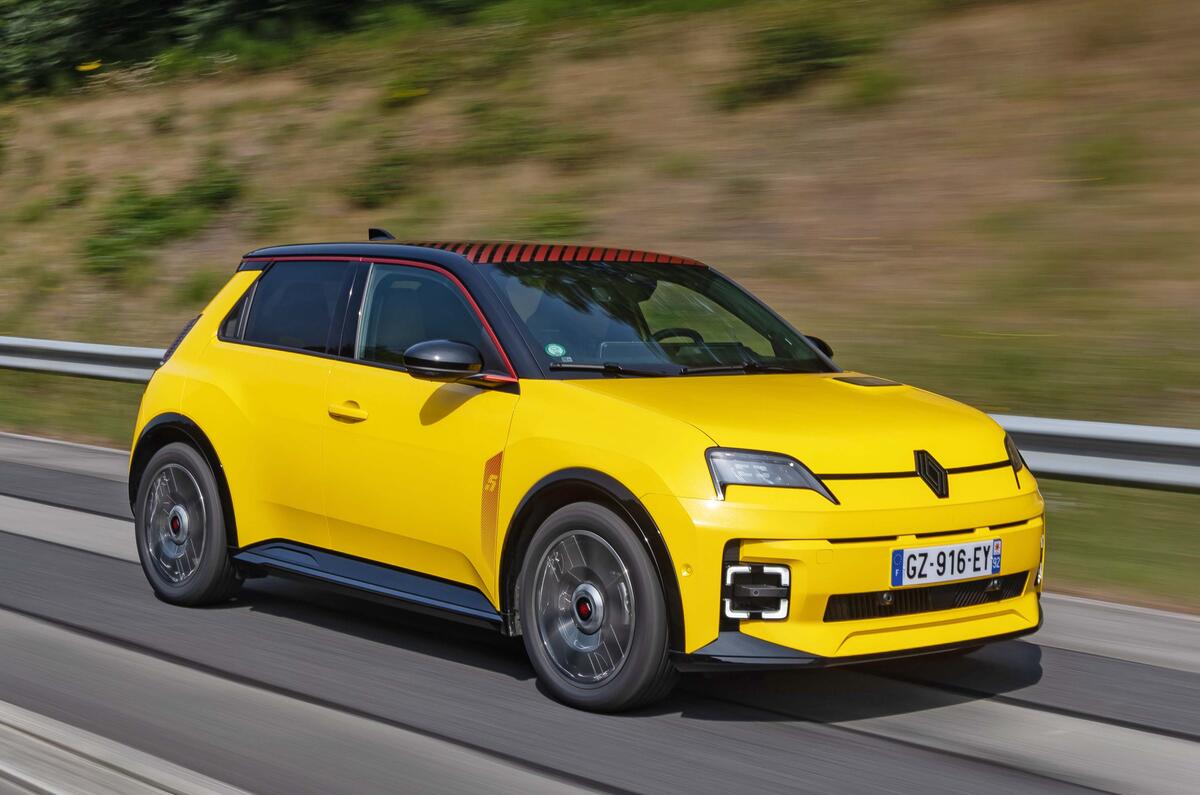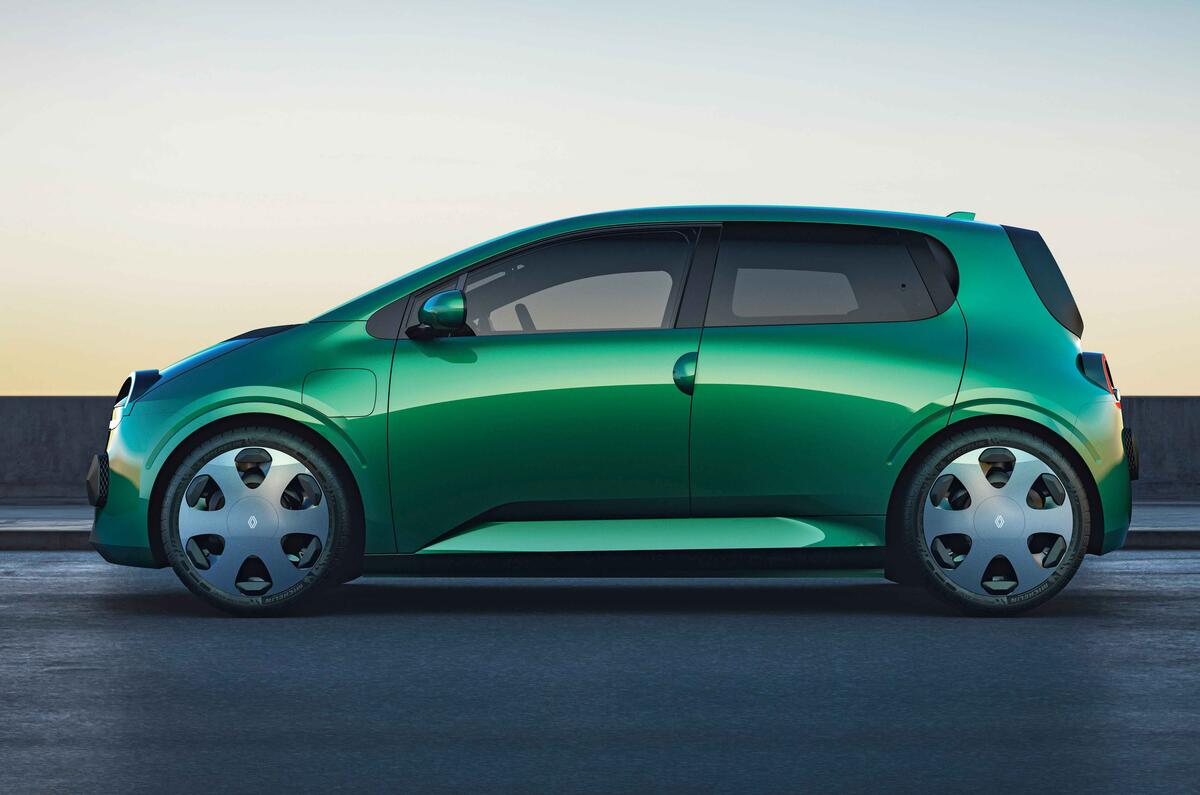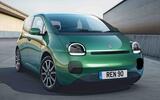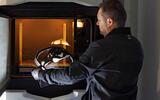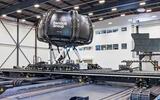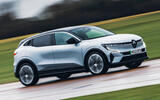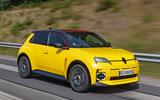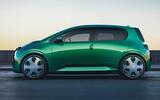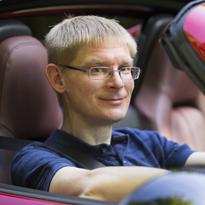You would never guess from its cutesy, frog-eyed face, but the Twingo EV due next year will be the fastest Renault ever made. Yes, faster than a Clio V6, Mégane RS Trophy-R and even that old 1990s Espace they shoehorned a Formula 1 V10 into.
Okay, we're talking development speed here: the £17,000 city car will be Renault's first model developed in less than two years 100 weeks to be precise, half the time it took to develop a car just a few years ago. That won't ruffle the Autocar road test timing gear much but it's very significant in Renault's bid to match Chinese rivals and remain competitive in the new era.
It's the culmination of a major push to reduce development times. The Renault 5 and 4, which are underpinned by the Ampr Small EV platform, were each developed in three years. The Twingo will be the next step. It benefits from using the same platform and sharing many parts with those cars.
Renault is also trying to leverage its pace as a relatively small manufacturer compared with some European rivals. But the real time savings come from reducing planning, design, development and industrialisation schedules.
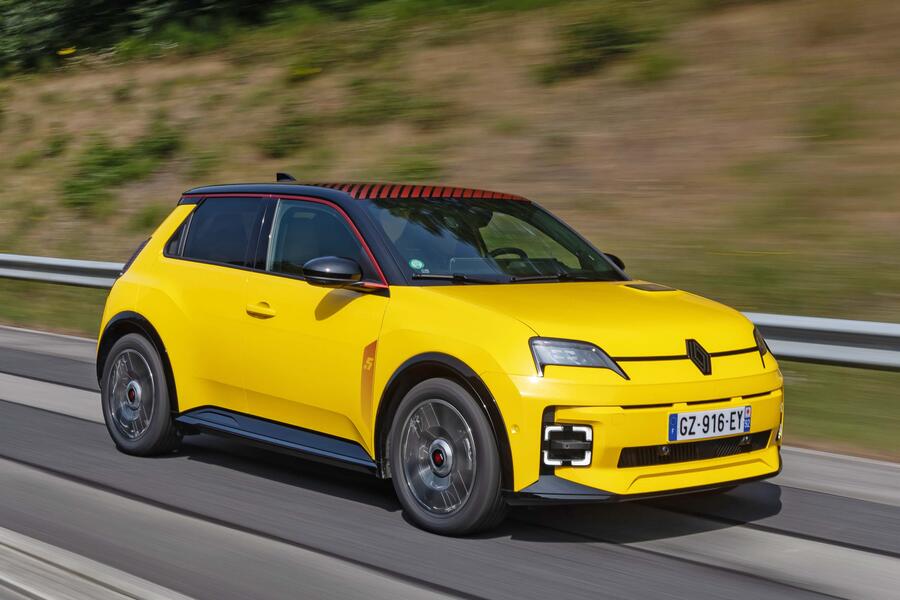
So why the rush? Trying to keep up with aggressive Chinese rivals is the start. But, as Renault deputy chief technology officer Cedric Combemorel notes, speed also "makes you quicker to respond to market trends".
Combemorel cites battery production as an example. "Two years ago, you have a gigafactory and you select lithium [NMC] chemistry for your batteries. You are the king of the world," he says. "Now, the market is asking why you don't have LFP. Going fast is a way to allow the company to make decisions at the last minute. Imagine you could design a car in one day. You'd know what the trend and the market is and be able to define the volume. There is a virtual loop around speed."
Of course, Combemorel isn't suggesting a one-day development cycle any time soon: two years is ambitious enough. And the key to achieving that target, he says, is through new technology. "You cannot disconnect speed and technology," he says. "It's impossible. Both are linked together."
The project to accelerate development is called Leap 100. Renault calculates that it is aiming to cut 16% from the time spent on upstream activities (the wider planning and identification of models), a huge 41% from development (from design to the refinement of technology) and 26% from the final industrialisation process, such as setting up production and distribution networks.
Broadly, Leap 100 is focused on finding time savings in seven key areas: governance; diversity complexity; design; quality control; data and AI; validation and homologation; and supplier strategy. Here are some of the ways the firm is achieving that.
Design
Renault's efforts to speed up the design process of its cars centre on harnessing technology, in particular artificial intelligence (AI). But no, ChatGPT isn't going to design the next Scenic.
"AI is just data, so it's knowledge," says Stefano Bolis, Renault's head of design strategy and advanced tech. "AI has knowledge, but is knowledge intelligence?" Essentially, if you asked AI to design a new Scenic, it would delve through countless images of previous versions and other Renaults before coming up with its own take based on old design language. What AI can't do is progress and develop the design for the new one, but Bolis says it can help: "You just need to use it the right way."
The Renault Group has developed its own locked-down AI model, built purely using a confidential database for each of its four brands (Renault, Alpine, Dacia and Mobilize). Each designer can upload elements to define their own individual style, which only they can access. "It's their 'secret recipe'," says Bolis. "Designers are friends but they're competing to win pitches so they don't want to share their own workings."
That AI model is then used to accelerate the process. "Human creativity will make the difference," says Bolis, "and AI gives us more time for that." So a designer will sketch a whole car or specific part, and then use the AI tool to quickly turn that into a digital model. It won't be perfect, but in seconds a designer has a 3D model they can then refine. Previously, that task would have taken a modelling team one or two days.
This means technical constraints and feedback from engineering can be worked into 3D models faster. Renault also uses AI to predict the aerodynamics of a given design, which allows for close refinement before the engineering team is looped in to verify.
Elsewhere, Renault is drawing on its five global design centres in France, Romania, South Korea, Brazil and India to further accelerate the process. Certain centres will take the lead on specific projects based on local specialities, with collaboration between them allowing near constant working.
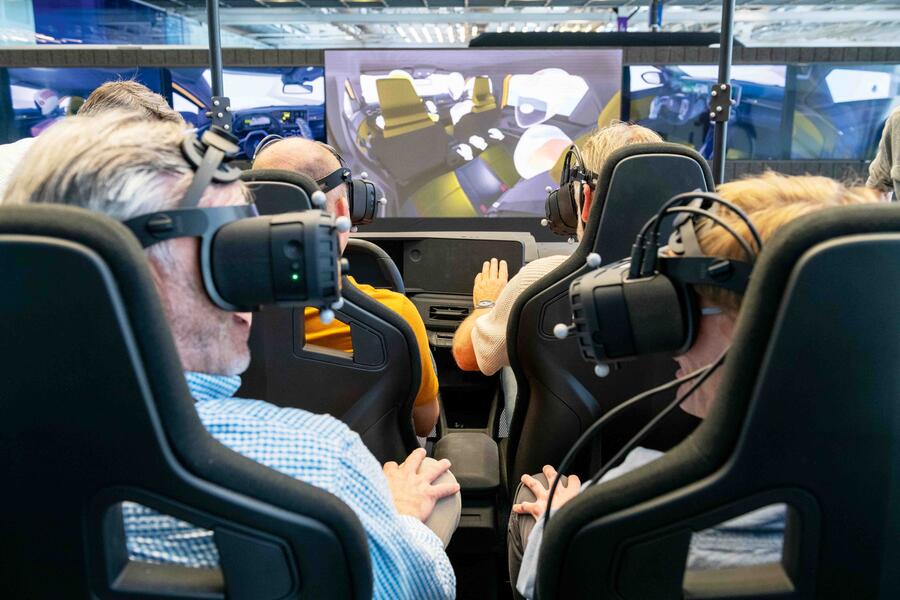
The firm is also using extended reality (XR) tools, which allow virtual reality creations such as an interior design concept to be overlaid on a physical environment. So a modular cockpit model can be used to enable designers to sit in a dimensionally correct physical model or a new cockpit with the new design then laid out in VR. That reduces the need for one-off physical models to be made, saving more time.
Diversity complexity
Given the somewhat sparse choice of paint options on the Ford Model T, it's not a revelation that limiting the number of available options on a car makes it easier to produce at speed. But in an effort to give customers choice, the number of options has ballooned. And that adds complexity at all stages of production.
Combemorel notes that once you add in the powertrain, battery, paint and other specification options for the Megane E-Tech, there are around 220 possible variations. "If you do the same thing for a Chinese manufacturer, on average they have around 15," he says. "And they won't do the 15 at once. They' do seven and then they'll do eight. There's no magic to that: it's just different."
The data suggests that some of those specs are seldom chosen and Combemorel says that offering more options doesn't necessarily make sense when most buyers are trying to complete a sale.
Some reductions will be notable: there are more than 20 paint options on current models, whereas the Twingo will be offered with just seven. It's a calculated approach. "If we tell our product guys we're going to cancel the red paint, they'll say: 'No, I sell 1000 red cars.' But it doesn't work like that," says Combemorel.
Digital simulation
One of the most lengthy and costly parts of the car development process is testing: sorting the ride and handling, making sure the driver assistance features work, crash testing and so on. Ultimately, there is no substitute for testing physical prototypes, but using advanced simulation software can dramatically cut down the need. It also allows car companies to test millions more scenarios.
Renault has invested £22.6 million in a new Immersive Simulation Centre at its Technocentre development hub near Paris, where it can do huge amounts of development work on 'digital twins' effectively a virtual version of every car being developed, which can be refined, altered and tested before the real thing even turns a wheel. "We can rigorously test and simulate the virtual twin in every aspect of car development," says Olivier Colmard, Renault's digital transformation and simulation boss. "It means when we build a physical prototype, we have the ability to be right first time."
The time savings are potentially huge. Renault has already reduced the number of physical test models it needs by 53% and estimates that alone has helped cut development time by nearly a year.
The centrepiece of the new facility is the Renault Operational Advanced Driving Simulator (ROADS), which, the firm claims, is one of the most advanced owned by a manufacturer. It's a vast thing. Think one of those imposing plane simulators, with the big hexapod the driver sits in (surrounded by video screens) perched on a robot arm mounted on moving rails that can fling it around at high speeds. The moving mass weighs 92 tonnes and it can generate 3g of force.
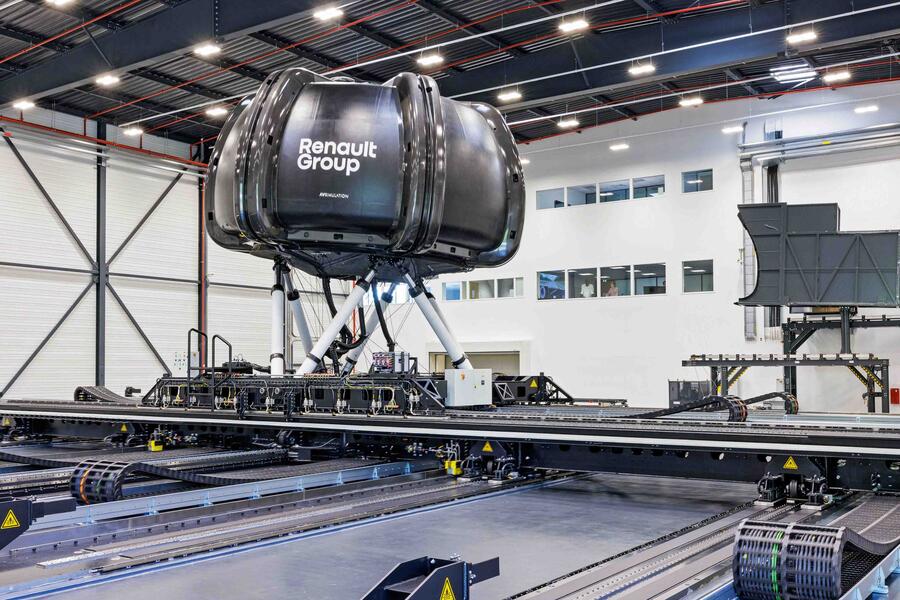
It's designed to give realistic feedback to the driver (usually picked from employees elsewhere within Renault) so they can test driver assistance and autonomous functions accurately, including on a full digital recreation of the many test roads at Renault's technical centre in Aubevoye, France. Because it is so accurate, it can be used to generate objective measurements that allow the digital twin to be refined and that information is fed into the eventual physical car.
And don't confuse ROADS with the simulators used in motorsport. "A Formula 1 sim is made to train the driver," says Florent Colombet, one of Renault's driving simulator specialists. "This has been developed purely to test the car itself."
Oh, and in case you're wondering, despite the speed at which ROADS moves and the forces it can dish out, nobody has been sick in it yet - although Colombet says volunteers aren't shown how fast the hexapod moves before they're ushered inside, so as not to put them off.

